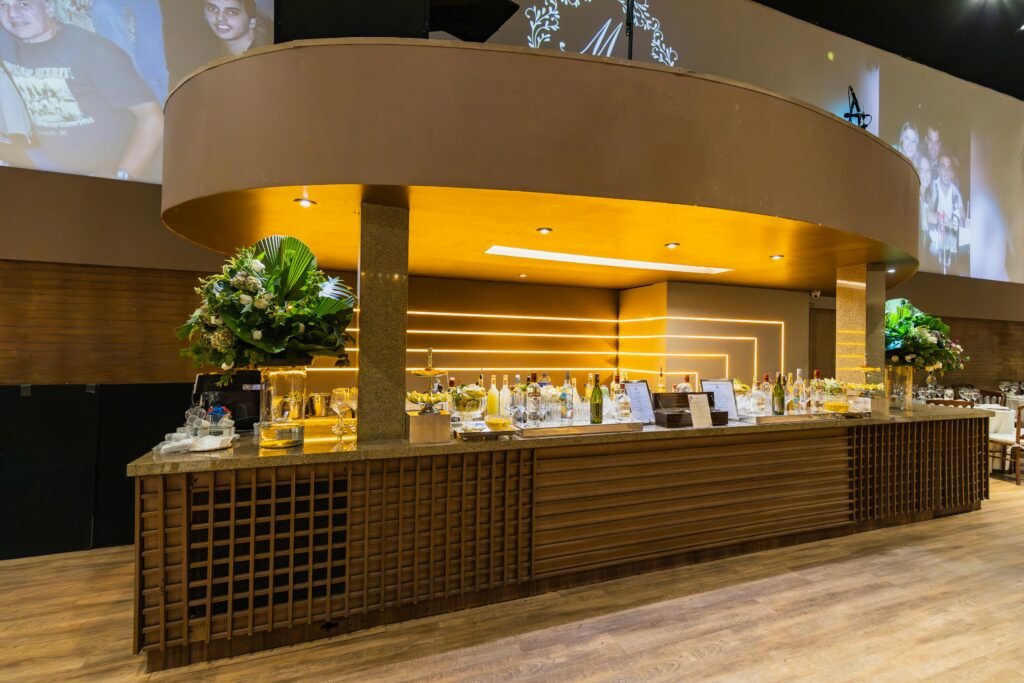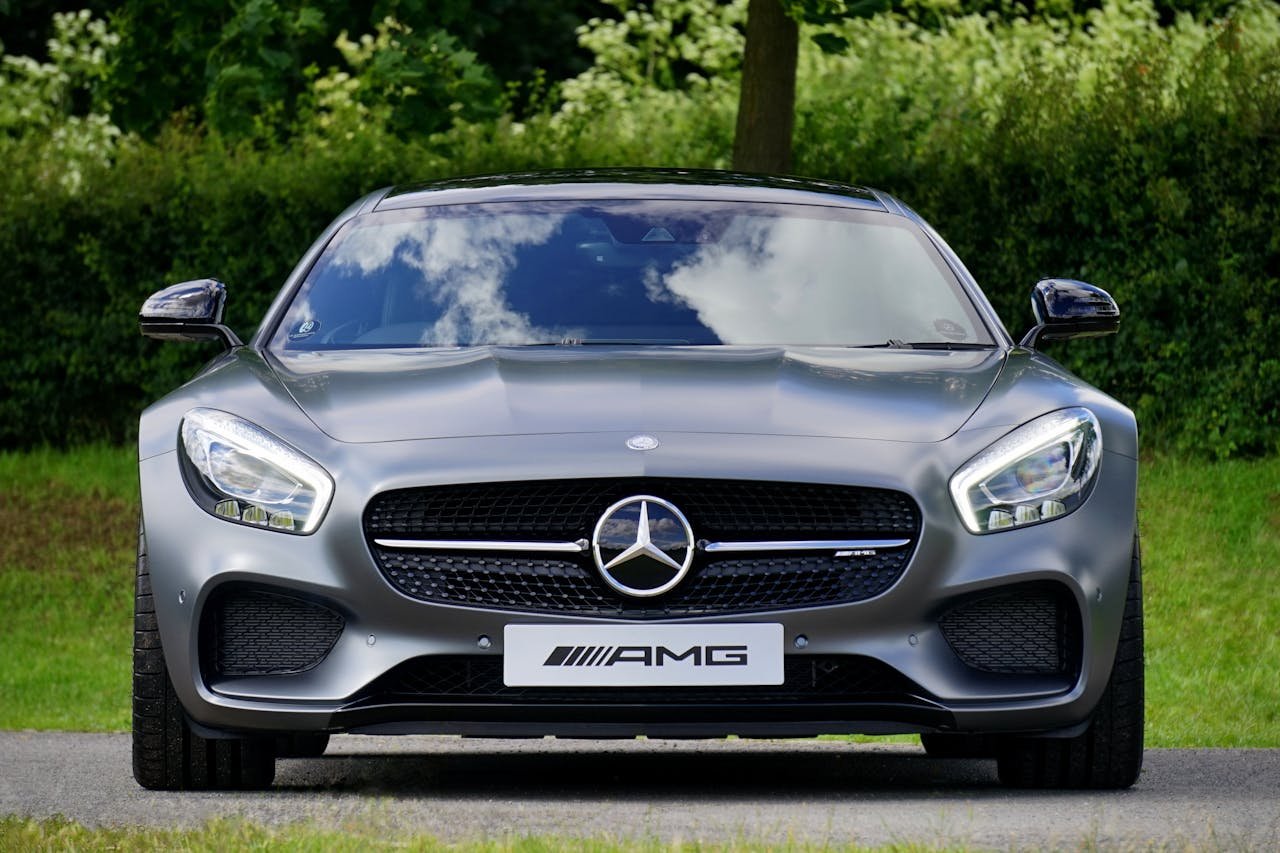The “off-season” isn’t a nap. It’s R&D with the doors locked. It’s where you fix the stuff that steals minutes, mood, and money when crowds show up. Use the quiet months to experiment, standardize, and set traps for revenue. When opening night arrives, you won’t be scrambling. You’ll be cruising.
Think of it like this: peak season is the exam. Off-season is the study group. You decide what the experience should feel like, then you engineer everything around that feeling. Safer, faster, easier, clearer. That’s the brief.
Start With the Fan Journey (Not the Headliner)
Walk your venue like a first-timer, parking lot to encore. Record it. Where do people slow down? Where do they get confused? Where does the energy drop?
- Map “decision points” (gates, forks, merch exits) and fix hesitation with lighting and signs at eye level.
- Eliminate choke points: widen narrow lanes, open dead ends, give stanchions room to breathe.
- Label everything guests care about: restrooms, water, exits, VIP, ADA routes, no guessing.
Prioritize by outcome: speed (throughput), safety (incidents), spend (time to first purchase). When you move those three needles, the whole night improves.
Surfaces and First Impressions: The Ground Truth
Your floor is the first handshake. Level, clean, and clearly marked surfaces calm crowds and reduce risk. This is off-season gold, quiet, unglamorous work that pays loudly on show day. If entry pads, queue lanes, or ramps are tired, schedule commercial concrete repair to kill trip hazards, sharpen curb appeal, and keep ADA routes smooth. It’s a fast win, sponsors and insurance both appreciate.
While You’re At It
- Add anti-slip treatments where drinks spill and feet pivot.
- Stripe durable lanes for ADA, VIP, and artist access so staff doesn’t improvise under pressure.
- Install cable ramps with capacity headroom; today’s show isn’t tomorrow’s load.
Power, Data, and Quiet—Your Invisible Headliners
The best infrastructure is the kind nobody notices. Standardize now.
- Label every circuit, panel, and distro. Color-code by zone.
- Separate show power from concessions. Surge protection on the sensitive stuff.
- Run a hardline data backbone for FOH, POS, and streaming so Wi-Fi traffic spikes don’t take you down.
- Hunt noise: isolate vibrating equipment, seal whistling gaps, tighten rattly registers. Great sound starts with great silence.
Write a one-page “how to turn us back on” guide. Tape it inside the rack door.
Weatherproof the Business Model
Rain doesn’t care about your marketing plan. Design for it.
- Improve drainage at entries and tents. No puddles at “hello.”
- Shade lines and seating. Hot guests buy less and complain more.
- Create elevated, dry storage for merch and AV.
- Invest in modular tenting and ballast you actually trust.
Build a rain-plan kit (mats, squeegees, clear ponchos, labeled bins) and run drills like a fire department. Practice makes “we’re open” possible.
Lines are Stores—Treat Them That Way
A line is attention you can use. Design queues to sell and inform.
- Break one giant line into multiple micro-counters. Shorter lines feel faster and convert better.
- Add mirrors and quick-read sizing charts at merch.
- Pre-wire temporary kiosks so they pop up during peak hours, then disappear.
Track the stat that matters: time from gate to first purchase. Shave that number and watch revenue rise.
Accessibility as Audience Growth
Inclusion isn’t a checkbox; it’s strategy. Smooth routes, captioned screens in noisy zones, a clearly marked quiet area, and mixed seating types widen the audience and drop incident risk. Train staff on person-first language and situational awareness. Make “Where do I go?” easy to answer at a glance.
Turn Maintenance Into a Playbook, Not a Mystery
Write it down. All of it.
- Tag assets with QR codes linking to short how-to videos and service logs.
- Stock a “fails on Friday night” bin: radio batteries, mic clips, power strips, zip ties, gaff, ponchos, sunscreen.
- Set a cadence: weekly walkthroughs, monthly deep dives, pre-season audits, with owners and deadlines.
Simple system, consistent cadence, fewer surprises.
Train Like You Mean It
Great gear plus untrained hands gives you chaos. Use the lull for drills that feel real: delayed doors, POS outage, sudden downpour, artist stuck in traffic. Cross-train so people can step up, not just step in. Confidence is the cheapest crowd control you’ll ever buy.
Metrics Worth Watching (And Improving)
- Gate throughput: people per minute per scanner.
- Time to first purchase: entry to first transaction.
- Incident rate: per 1,000 guests.
- POS uptime: especially during headliner hours.
Pick two, make them public internally, and reward progress.
Your Next Peak Starts Now
Off-season upgrades don’t have to be loud or expensive. They have to be intentional. Fix flow. Tighten infrastructure. Plan for weather. Treat accessibility like growth. Train until “what if” feels boring. Do that, and opening night stops feeling like a gamble and starts feeling like a launch. Choose three upgrades today. Put them on a calendar. When the crowds return, you’ll feel the difference, and so will your bottom line.
Via Pexels







